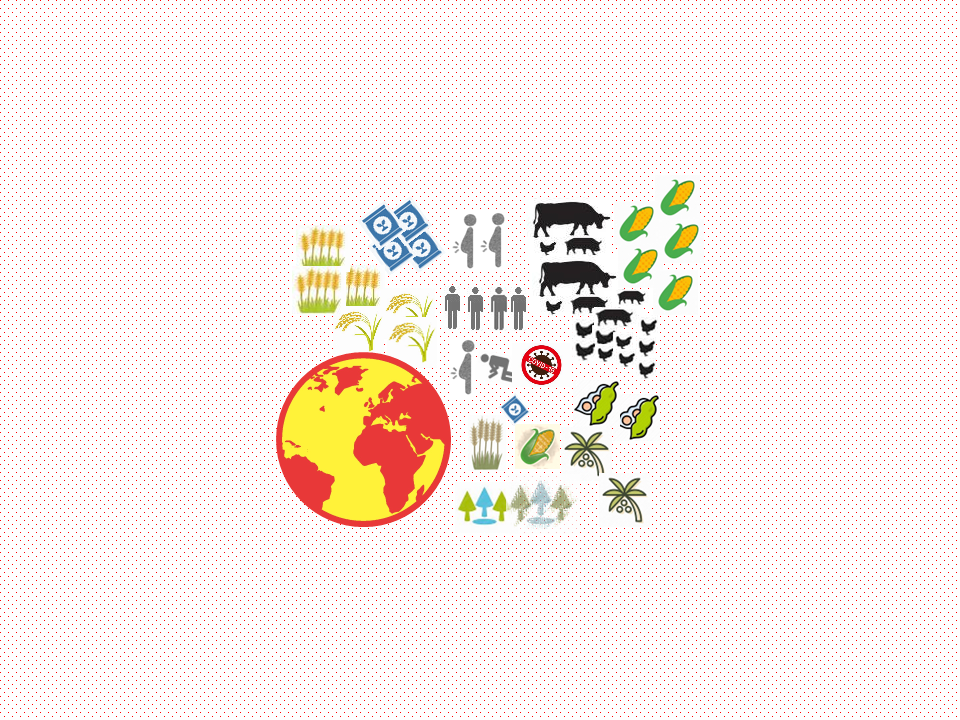Pick Up
1147. Key Numbers on the World's Agri-food Systems

1147. Key Numbers on the World's Agri-food Systems
The Food and Agriculture Organization of the United Nations' (FAO) 2024 Statistical Yearbook provides a detailed overview of the most important trends shaping the global agri-food system, highlighting key challenges surrounding global agriculture and food systems, such as rising temperatures, rising obesity rates along with persistent food insecurity, and environmental pressures facing agricultural production.
Some highlights:
• The value of global agricultural production has increased by 89% in real terms over the past 20 years, reaching $3.8 trillion in 2022. Despite this, agriculture's contribution to the global economy has remained relatively stable, with the proportion of farm workers falling from 40% in 2000 to 26% in 2022.
• Food production continues to increase, but hunger remains a persistent problem. In 2023, an estimated 713 million to 757 million people were malnourished, which is about 152 million more than in 2019. Malnutrition was the highest in Africa in terms of population ratio, and in absolute numbers, it was the highest in Asia.
• Obesity rates are also rising, especially in high-income areas. More than 25% of the adult population in the Americas, Europe, and Oceania is obese, demonstrating that access to healthy and nutritious food is a global challenge.
• In 2022, global crop production reached 9.6 billion tonnes, up 56% from 2000, with major crops such as sugarcane, maize, wheat, and rice accounting for almost half of global crop production.
• Meat production increased by 55% from 2000 to 2022, with chicken accounting for much of the increase, surpassing pork to become the most produced meat in the world.
• Pesticide use increased by 70% between 2000 and 2022, with the Americas accounting for half of global pesticide use in 2022.
• Inorganic fertilizers used in agriculture reached 185 million tonnes of nutrients in 2022, with 58 percent of this amount being nitrogen. This represents an increase of 37 percent compared with 2000.
• The production of vegetable oils grew by 133 percent between 2000 and 2021, largely driven by an increase in palm oil production.
• Greenhouse gas emissions from agrifood systems have risen by 10 percent between 2000 and 2022. Farm-gate emissions increased by 15 percent over the same period, with livestock contributing to around 54 percent of these emissions.
• Water scarcity remains a growing concern in regions such as the Near East and North Africa, where many countries face extreme water stress, impacting the sustainability of agricultural production. Kuwait, the United Arab Emirates and Saudi Arabia are withdrawing each year 9 to almost 40 times their renewable freshwater resources available.
Reference
FAO. 2024. World Food and Agriculture – Statistical Yearbook 2024. Rome https://openknowledge.fao.org/handle/20.500.14283/cd2971en
Contributor: IIYAMA Miyuki, Information Program
